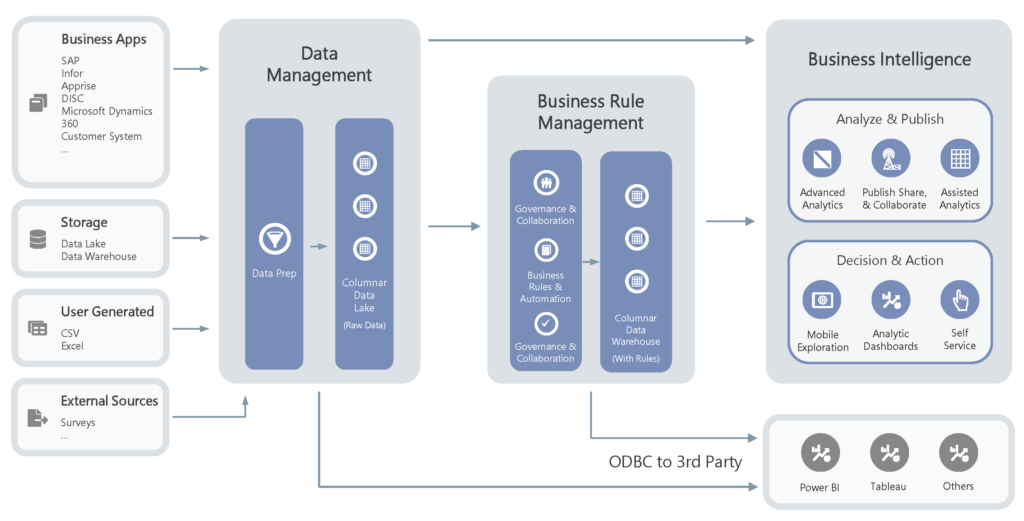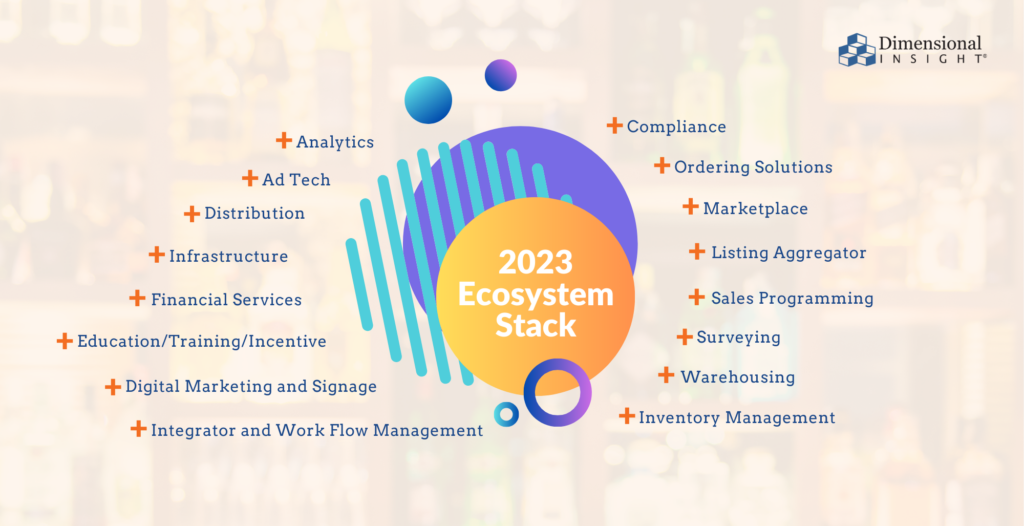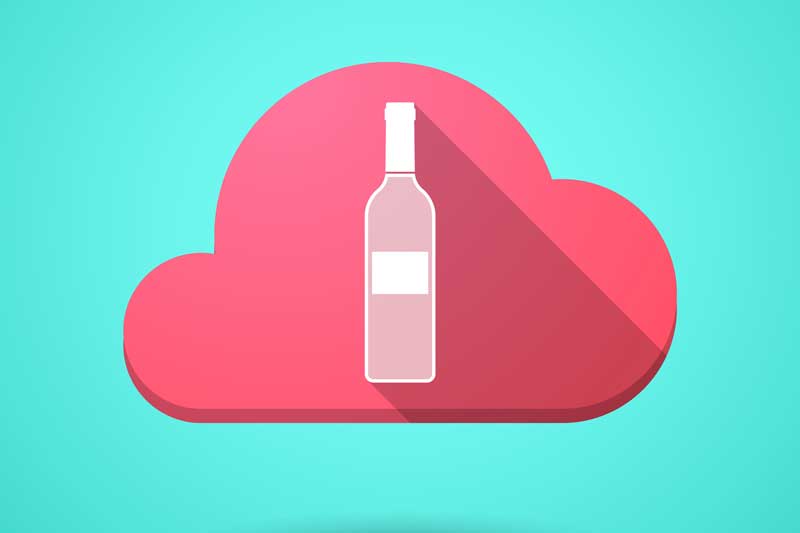The wine and spirits industry is as equally large as it is old, and along with it has come the introduction of numerous industry-specific tools and software. Yet, even with this plethora of digital platforms, many businesses in the sector grapple with navigating their wine-tech software stack and implementing solutions tailored to their specific requirements and long-term strategies.
In any modern industry, an efficient and synchronized technology stack is paramount for vineyards, distilleries, distributors, or retailers aiming to tap into their business’s full potential. Central to this stack is a comprehensive analytics platform, capable of offering robust data governance and meaningful analysis.
Identifying software gaps and redundancy
With wine and spirits businesses burgeoning, industry leaders increasingly seek options that maintain their decision-making power and enable them to tailor solutions according to their individual needs and visions. No one wants to be constrained to a narrow and limited ecosystem.
The underlying challenge then becomes: how do businesses pinpoint what platforms they do and don’t need? The answer lies in enterprise analytics.
A sophisticated and fully integrated analytics platform collects data from multiple sources into a unified and trustworthy point of access. Through a singular interface, businesses can effortlessly peruse all available data streams and evaluate both gaps and redundancies in the software stack. Given that many providers now bundle various services, tools can overlap, leading to unwarranted expenses and diminishing ROI.
Similarly, a void in the software stack suggests that a business isn’t leveraging its data fully or capitalizing on existing resources. Every facet of a company’s operations presents opportunities for cost-saving and revenue retention using different software tools. However, these prospects can only be revealed with a smart BI platform to spotlight them.

Beware analytics vendors who aren’t developers
In the face of a plethora of tech platforms, wine and spirits businesses must remember that not every analytics vendor is created equal.
Presently, a majority of vendors integrate some form of analytics within their applications as a gesture to their clientele. However, most of these embedded functions are constrained in their reach and don’t capture the broader picture.
Generally, the analytical and governance capabilities of wine-tech software tools revolve around their inherent technical infrastructure. This means that while they might be apt for their own specific reporting needs, they often fall short when it comes to other vital functions and data streams.
The diverse reporting requirements in the wine and spirits domain necessitate a platform that can cater to enterprise-wide needs. Platform-specific analytics often lack the infrastructure and support necessary to facilitate operations on such a scale. To truly benefit from their complete tech stack, businesses need a dedicated analytics tool capable of assimilating and sharing data across varied roles and functions.
Data feeds you should be measuring
With a well-established (and lucrative) market, the wine and spirits industry has fueled the development of a wide variety of software tools for business to choose from. These include:

That’s a lot of tools, a lot of spending, and a lot of data. With numerous systems in play, businesses must allocate considerable resources to administrative tasks to ensure their data keeps flowing . Regrettably, many of these systems don’t share standardized data collection and export protocols, leading to integration challenges across the enterprise.
Building a bridge between feeds
So the question is, with all these disconnected channels feeding us information from different tech infrastructures, how do we align our data for holistic enterprise operations?
One of the greatest benefits of a comprehensive analytics platform is its integration capabilities, enabling businesses to consolidate data from various systems into a unified view. This guarantees that personnel across the company have access to consistent, real-time information, regardless of which tools they use within their role.
Moreover, this means businesses aren’t bound to a particular ecosystem. Armed with the right analytics platform, wine and spirits businesses can hand pick the right tools for their unique requirements. For instance, sales teams can utilize data sourced from inventory management systems to update their sales programming, and then follow-up with another program dedicated entirely to surveying.
Learn more
Given the broad spectrum of technologies now accessible, businesses in the wine and spirits industry require an analytics platform that can streamline their data integration and pinpoint potential shortcomings. To delve deeper into how data analytics can refine your wine-tech ecosystem, check out some of our wine and spirits solutions.
- How Spirits Brands Can Improve Brand Loyalty with Data Analytics - January 30, 2024
- The Collapse of Herbl, and How Other Cannabis Distributors Can Avoid the Same Fate - January 24, 2024
- Top 5 Blog Posts of 2023 - December 28, 2023



